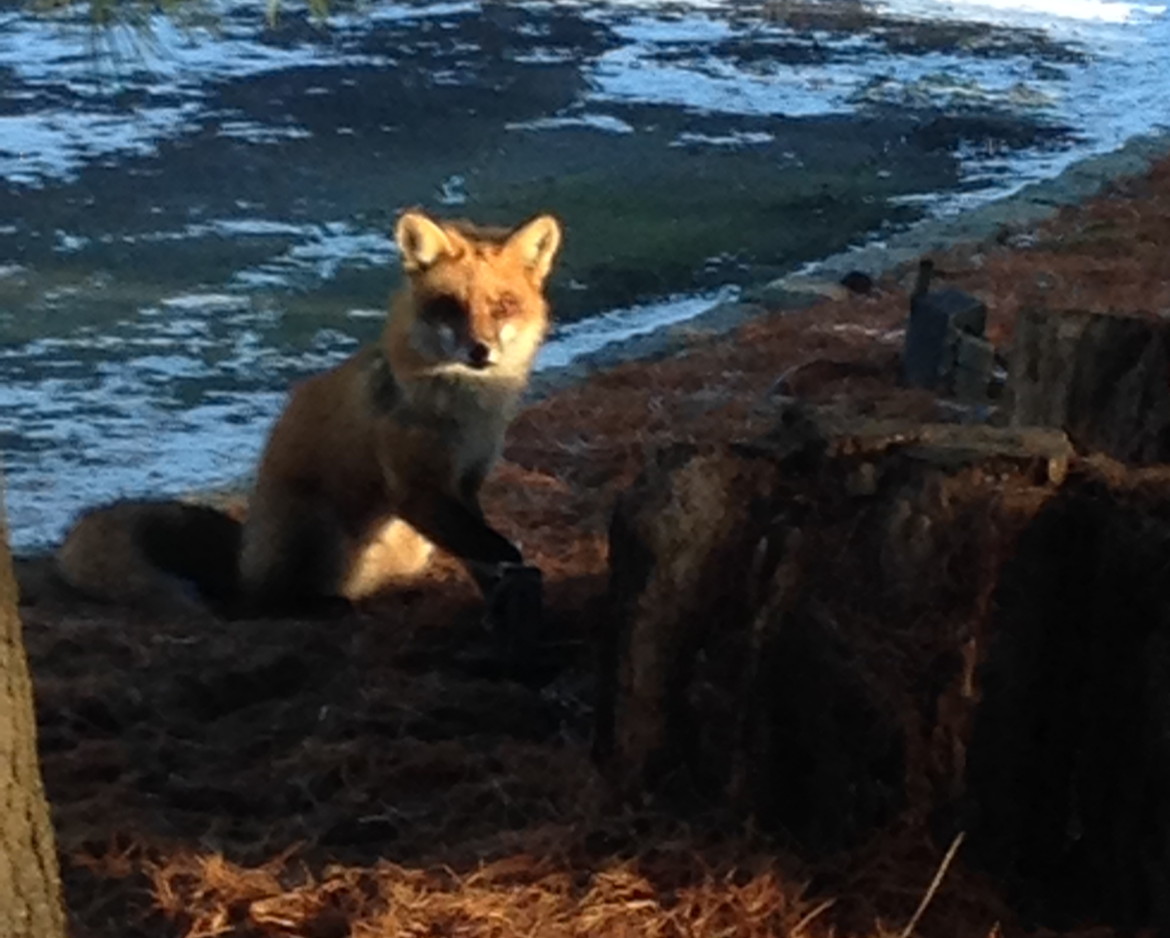State officials on Wednesday issued a permit for a nuisance wildlife control officer to trap animals in southwestern New Canaan, prompting the head of Animal Control to voice concerns about the practice.
The Connecticut Department of Energy and Environmental Protection Wildlife Division issued the permit to a trapper for the area of Adams Lane, according to a Sept. 25 call log at the New Canaan Police Department’s Animal Control section reviewed by NewCanaanite.com. The call log didn’t specify which property owners sought the permit. State officials could not immediately be reached.
Last month, an Adams Lane dog was snatched by a coyote and killed, days after a Labrador retriever sustained what are suspected to be coyote bites in a yard on nearby Knapp Lane. On Sunday, a dog in the same neighborhood, on Shady Knoll Lane, was snatched by a coyote that dropped the animal when frightened by the owner of the dog, which sustained puncture wounds to the neck and ear, police said.
Officer Allyson Halm, head of Animal Control, has advocated for residents to learn how to coexist safely with coyotes and to carry safety kits.
Asked about the issuance of a permit for trapping, Halm said, “My strongest concern is that it will give a false sense of security to the residents.”
“It will change nothing,” she said. “Residents will still need to supervise their pets as an ongoing lifestyle change.”
Leg hold traps have caused concerns in New Canaan in the recent past. Three winters ago, a coyote could be seen dragging one of the traps through the snow for weeks before it finally died. Earlier that year, the unintended leg hold-trapping of a red fox on Briscoe Road led to an effort among concerned residents who urged town officials to consider a local ordinance banning the practice. Ultimately, a subcommittee of the Town Council, after consulting with the town attorney, found that New Canaan could not pass an ordinance that went against a state law.
Asked about her own concerns regarding leg hold traps, Halm said she worried about “non-targeted animals getting trapped and injured.”
“I think it’s important to know it may not necessarily be the leg hold trap itself, it’s the struggle. The hours of struggling until a trapper arrives and either kills or releases. It’s the hours of struggle, the restraint from food and water for those hours. And the risk that a pet could get loose and wander into that situation.”
Halm urged pet owners to be diligent about supervising their pets when they’re outside.
Regarding the installment of a leg hold trap in the area of Adams Lane, Halm said, “I think it’s a futile act.”
In Connecticut, the law that governs trapping of fur-bearing animals includes provisions such as that snares are not allowed, no steel trap may be set within 100 feet of a permanent building and written permission must be had from the owner of a property before a certified “nuisance wildlife control officer” can set a trap. Violating the provisions of the law could rise to the level of a misdemeanor criminal offense.

These traps may also snare family pets. Many households still allow their cats and dogs un-monitored access to the outside.
Hi everyone –
I am the Wildlife Outreach Specialist at the Wolf Conservation Center in South Salem. In collaboration with the New Canaan Library, the WCC is hosting a free educational program covering the history and ecology of eastern coyotes, and how to best coexist with them.
The event will take place Wednesday October 23rd from 6:30-7:30pm.
All are welcome! The program is primarily intended for adults, but coloring pages and crayons will be provided for children in attendance.
Trapping is inhumane. The existence of coyotes is an opportunity to practice compassionate coexistence. As a start, people can keep their cats indoors and their dogs on leashes.